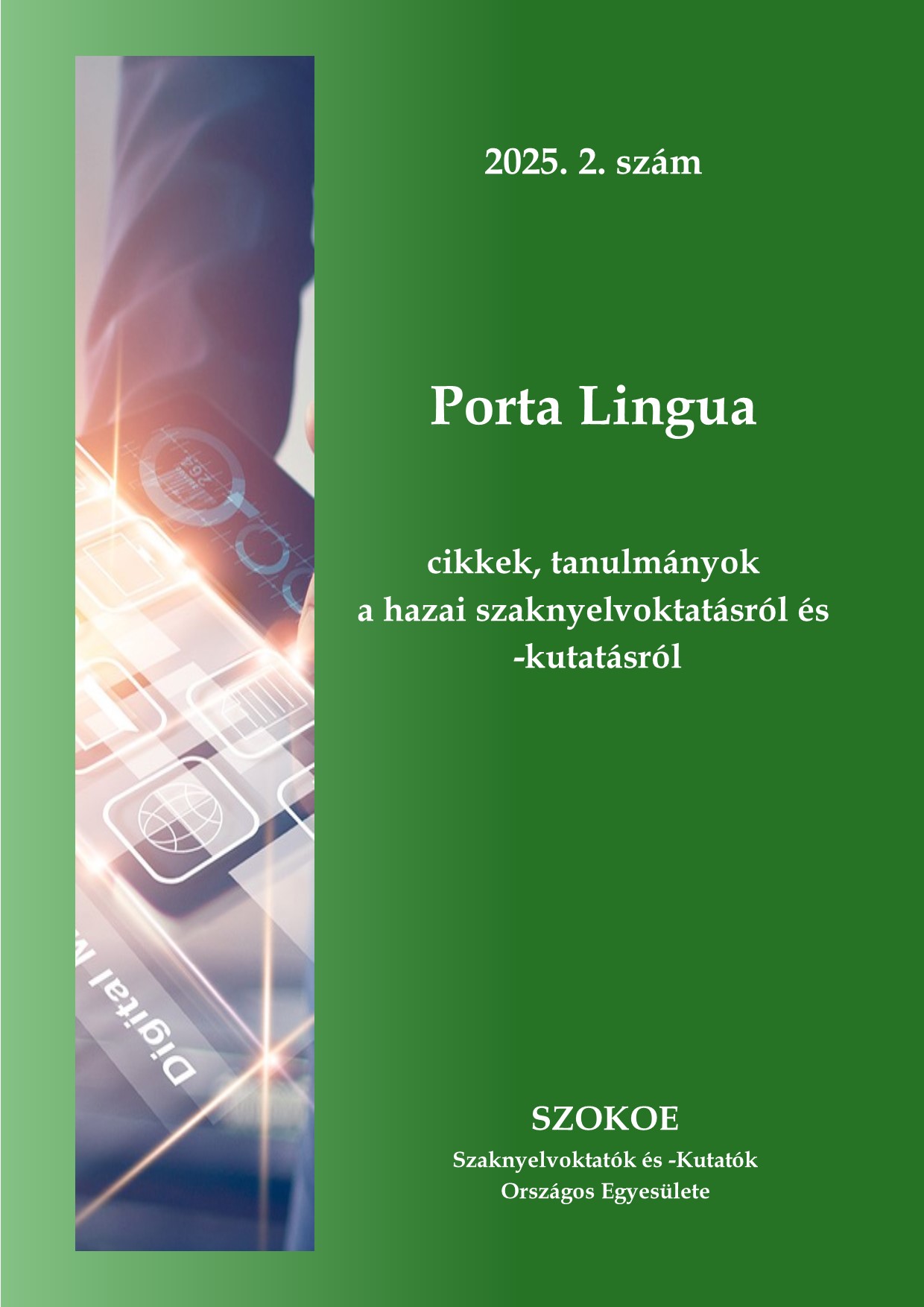Accident or abuse? A terminological analysis of the anatomical location descriptions in documentation of head and neck injuries
Abstract
The management of traumatic brain injuries (TBI) requires collaboration across multiple medical specialties, and accurate documentation is essential for effective communication, patient safety, and forensic assessment. Incomplete or inaccurate reports can lead to delays in treatment, medical errors, and legal uncertainties. In our study, we analyzed 1,023 Hungarian and Latin diagnoses and injury descriptions recorded in 470 trauma medical reports. The data were collected through retrospective, randomized sampling from various Hungarian hospitals and forensic medical institutions. We examined the clarity of location markings and the feasibility of determining whether the injuries resulted from an accident or assault using manual and statistical methods with IBM SPSS 26 software. Our findings indicate that in 22% of cases, the localization of the injury was unclear, preventing its classification as occurring above or below the hat brim line, which is relevant for assessing the origin of the injury.
References
Braaf, S. – Riley, R. – Manias, E. (2015): Failures in communication through documents and documentation across the perioperative pathway. Journal of Clinical Nursing. 24/13-14. 1874-1884. https://doi.org/10.1111/jocn.12809
Büki, A. et al. (2017): Guidelines for the treatment of traumatic brain injury - 2017. Ideggyógyászati Szemle. 70/7-8. 223-245. https://doi.org/10.18071/isz.70.0223 .
Dewan, C. M. et al. (2018): Estimating the global incidence of traumatic brain injury. Journal of Neurosurgery. 130/4. 1080-1097. https://doi.org/10.3171/2017.10.JNS17352
Fogarasi, K. (2014): Limited Forensic Assessability of Soft Tissue Injuries: Contrastive Terminological Analyses of Hungarian, Austrian and German Medical Diagnostic Reports. Doctoral thesis. Pécs: University of Pécs, Faculty of Health Sciences.
Fogarasi, K. – Csongor, A. – Schneider, P. (2019): Are ICD-10 categories suitable for diagnosing injuries? Multidisciplinary analyses of the English, German, and Hungarian ICD-10 diagnosis categories. Scripta Manent. 13/2. 112-132.
Fogarasi, K. – Patonai, Z. (2021): Az egészségügyi dokumentáció szerepe és jelentősége. Az akut ellátással, sérülésekkel és a halál okával kapcsolatos orvosi dokumentumok. In: Fóris Á. – Bölcskei A. (szerk.) Tartalomfejlesztés és dokumentáció. Nyelvészeti kutatások. KRE – L' Harmattan Kiadó: Budapest. 265 288.
Fogarasi, K. – Patonai, Z. – Gyenes, G. – Lantos, Z. – Simon, G. (2025): Terminológia és igazságügyi orvosszakértői megítélhetőség: A klinikai sérülésdokumentáció szerepe a büntetőeljárásban. Magyar Jogi Nyelv. 9/1. 1-8. https://doi.org/10.59851/mjny.9.1.1
Fogarasi, K. – Simon, G. – Gátos, A. – Gyenes, G. – Gergely, P. – Patonai, Z. (2025): Head or skull injury? Consequences of using mistranslated ICD diagnosis category: multicenter, blinded, randomized controlled analysis. Journal of Forensic and Legal Medicine. 110:102815. https://doi.org/10.1016/j.jflm.2025.102815
Fóris, Á. – Faludi, A. (2019): A szakírás és a dokumentáció mint nyelven belüli szakfordítás. In: Fóris, Á. – Bölcskei, A. (szerk.): Dokumentáció, tartalomfejlesztés és szakírás. KRE – L’Harmattan Kiadó: Budapest. 37-58.
Kremer, C. – Racette, S. – Dionne, A. C. – Sauvageau, A. (2008): Discrimination of Fall and Blows in Blunt Head Trauma: Systematic Study of the Hat Brim line Rule in Relation to Skull Fractures. Journal of Forensic Science. 53/3. 716-719. https://doi.org/10.1111/j.1556-4029.2008.00725.x
Maas, I. R. A. et al. (2022): Traumatic brain injury: progress and challenges in prevention, clinical care, and research. The Lancet Neurology Commissions Lancet. 21. 1004-1060. https://doi.org/10.1016/S1474-4422(22)
Schneider, P. – Fogarasi, K. – Patonai, Z. – Kőhalmi, L. (2018): A pontos orvosi szakkifejezések használatának fontossága a büntetőeljárásban. Magyar Jog. 65/2. 86-93.
Schneider, P. – Patonai, Z. – Gergely, P. – Fogarasi, K. (2018.): Testi sértés vagy emberölési kísérlet?: Pontatlan orvosi szakkifejezések használatának hatása a büntetőeljárás kimenetelére. Belügyi Szemle: A Belügyminisztérium szakmai tudományos folyóirata. 66/9. 147-163. https://doi.org/10.38146/BSZ.2018.9.8
Thurman, J. D. – Alverson, C. – Dunn, A. K. – Guerrero, J. – Sniezek, E. J. (1999): Traumatic Brain Injury in the United States: A Public Health Perspective. Journal of Head Trauma Rehabilitation. 14/6. 602-615. https://doi.org/10.1097/00001199-199912000-00009)00309-X



